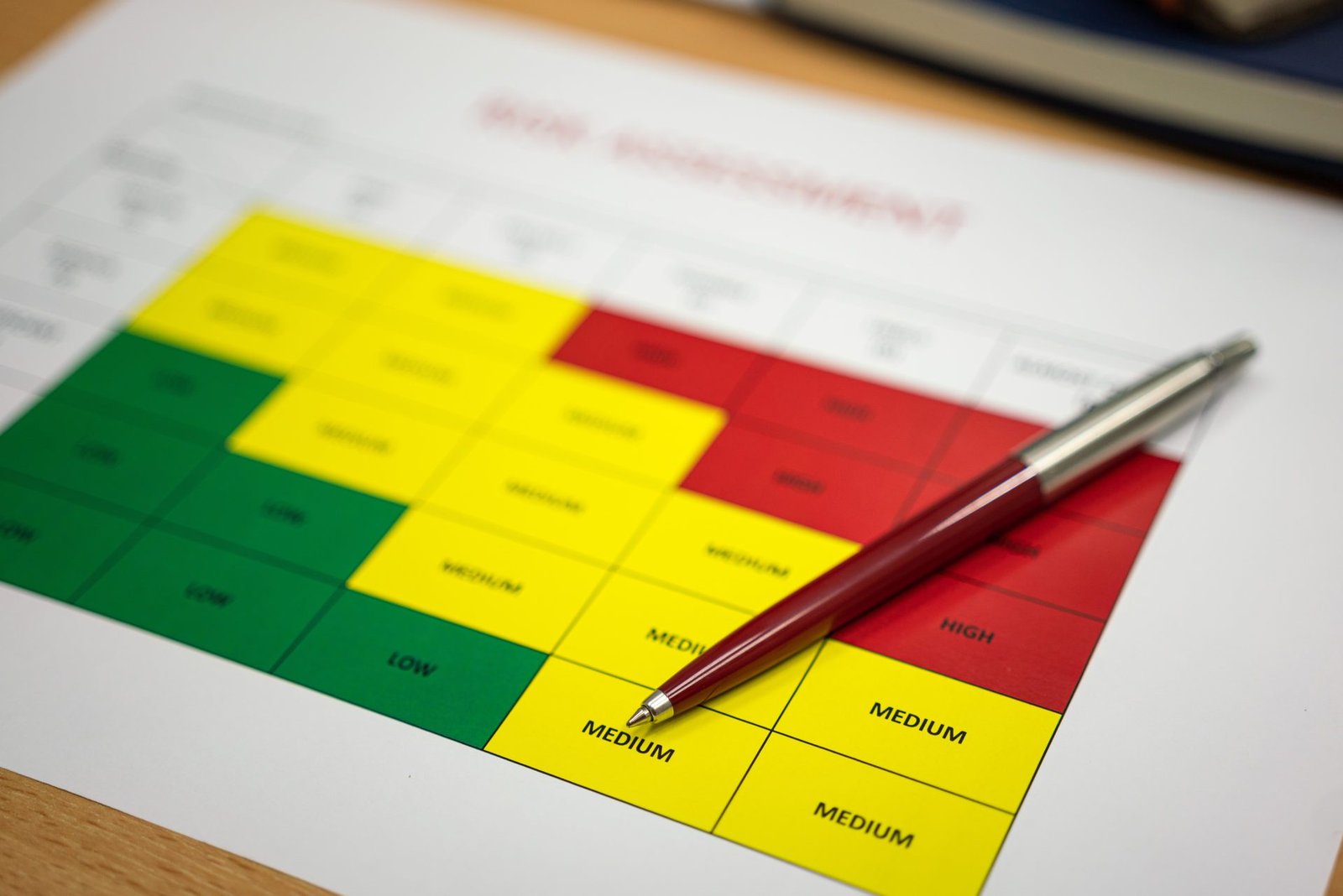06 October, 2025 | Category: ISO, ISO 9001 Quality Management System, Management Systems
Meeting ISO 9001:2015 Context of the Organisation Requirements
Context of the Organisation forms the foundation of ISO 9001:2015. Understanding the internal and external environment enables leadership to align the Quality Management System (QMS) with strategic objectives, ensuring compliance, continual improvement, and sustainable growth.
At Hillscom, we guide organisations in turning ISO 9001 requirements into actionable strategies. By defining internal capabilities, assessing external factors, and embedding ESG and ethical considerations, businesses create robust systems that support performance, resilience, and responsible operations.
Defining the Context of the Organisation
Clause 4 of ISO 9001 requires organisations to understand their environment both inside and outside their immediate operations. Internally, this involves analysing culture, capability, infrastructure, and process effectiveness. Externally, it includes political, economic, social, technological, legal, environmental, and increasingly, ethical factors.
When an organisation takes time to understand these influences, it gains a realistic view of its strengths, challenges, and vulnerabilities. For example, a manufacturer may identify regulatory pressure to reduce environmental impact (external) alongside internal resource constraints (internal). This understanding informs business planning, risk management, and the prioritisation of improvement initiatives.
The process is not static. The organisational context evolves with changes in technology, legislation, market expectations, and corporate responsibility obligations. Maintaining awareness of this evolution ensures the QMS remains relevant, dynamic, and aligned with business strategy.
Using PESTLEE Analysis for External Context
A PESTLEE analysis – Political, Economic, Social, Technological, Legal, Environmental, and Ethical helps organisations systematically evaluate external factors affecting operations and strategic direction.
Political and Economic Influences
Political factors include government policies, trade agreements, and industrial strategies. Economic factors cover inflation, exchange rates, and market stability. Evaluating these factors ensures organisations can respond proactively to change and maintain competitiveness.
Social and Technological Influences
Social factors include demographic shifts, workforce expectations, and cultural trends, all of which impact employee engagement and customer satisfaction. Technological factors, including automation, digitalisation, and cybersecurity, influence operational efficiency and risk exposure.
Legal and Environmental Influences
Legal factors include compliance with industry standards, health and safety regulations, and contractual obligations. Environmental factors focus on sustainability, energy efficiency, carbon reduction, and responsible resource management. Organisations addressing these proactively strengthen stakeholder confidence and market positioning.
Ethical Influences
Ethical considerations are now a critical aspect of PESTLEE. This includes integrity, transparency, anti-bribery, human rights, fair trade, and responsible sourcing. Embedding ethics ensures trust with customers, regulators, and employees, enhancing corporate reputation and compliance.
SWOT Analysis for Internal Context
SWOT analysis – assessing Strengths, Weaknesses, Opportunities, and Threats – evaluates internal capabilities in alignment with external challenges. Strengths might include advanced technical expertise, while weaknesses could be outdated processes. Opportunities may arise from digital innovation, and threats might involve ethical or compliance risks.
SWOT provides actionable insights that support strategic decision-making and link directly to risk management and quality objectives.
Integrating ESG Principles
Environmental, Social, and Governance (ESG) factors complement PESTLEE and SWOT analyses. ESG integration ensures the QMS addresses sustainability, workforce wellbeing, and responsible governance.
Environmental Context
Beyond compliance, organisations should focus on waste reduction, energy efficiency, carbon footprint management, and sustainable supply chains. Environmental performance strengthens resilience and competitiveness.
Social Context
Social responsibility includes employee engagement, diversity and inclusion, community involvement, and ethical supply chain practices. Integrating these factors promotes trust and long-term stakeholder satisfaction.
Governance Context
Governance involves leadership accountability, transparency, ethical oversight, and alignment of the QMS with strategic objectives. Strong governance ensures decisions are informed, risks are mitigated, and continuous improvement is embedded across the organisation.
From Context to Risk and Opportunity Management
Insights from PESTLEE, ESG, and SWOT should feed into the Risk and Opportunity Register. Risks may include environmental compliance breaches, unethical suppliers, or technological obsolescence. Opportunities may involve sustainable innovations, ethical certifications, or enhanced market positioning.
Each entry should specify likelihood, impact, ownership, and mitigation or enhancement actions. Embedding ESG and ethical considerations ensures risks are managed holistically, supporting resilience and compliance.
Maintaining and Reviewing Context
Organisational context evolves continuously. ISO 9001 requires regular reviews to capture changes in political, economic, technological, environmental, social, and ethical factors. Management review meetings should assess whether previous risks were effectively managed and identify emerging trends or opportunities.
Hillscom recommends implementing a Context Review Framework defining participants, data collection, and integration into management review and risk registers. This ensures consistency, traceability, and accountability.
How Hillscom Supports Organisations
Hillscom works with businesses across manufacturing, aerospace, defence, and engineering sectors to develop quality management systems that go beyond compliance. We facilitate workshops, perform PESTLEE and SWOT analyses, embed ESG principles, and establish robust Risk and Opportunity Registers.
Our approach transforms ISO 9001:2015 into a strategic advantage, ensuring ethical, environmental, and social responsibilities are fully integrated. Contact Hillscom today to discuss how we can help your organisation build a resilient, sustainable, and trusted QMS.
Conclusion
Defining the Context of the Organisation is fundamental to a compliant and forward-looking QMS. Using PESTLEE and ESG frameworks, organisations can identify risks, exploit opportunities, and embed ethical, social, and environmental considerations into their quality strategy.
Hillscom provides expert guidance to ensure ISO 9001:2015 requirements are translated into practical, strategic, and sustainable systems that strengthen performance, reputation, and long-term success.
Contact us
